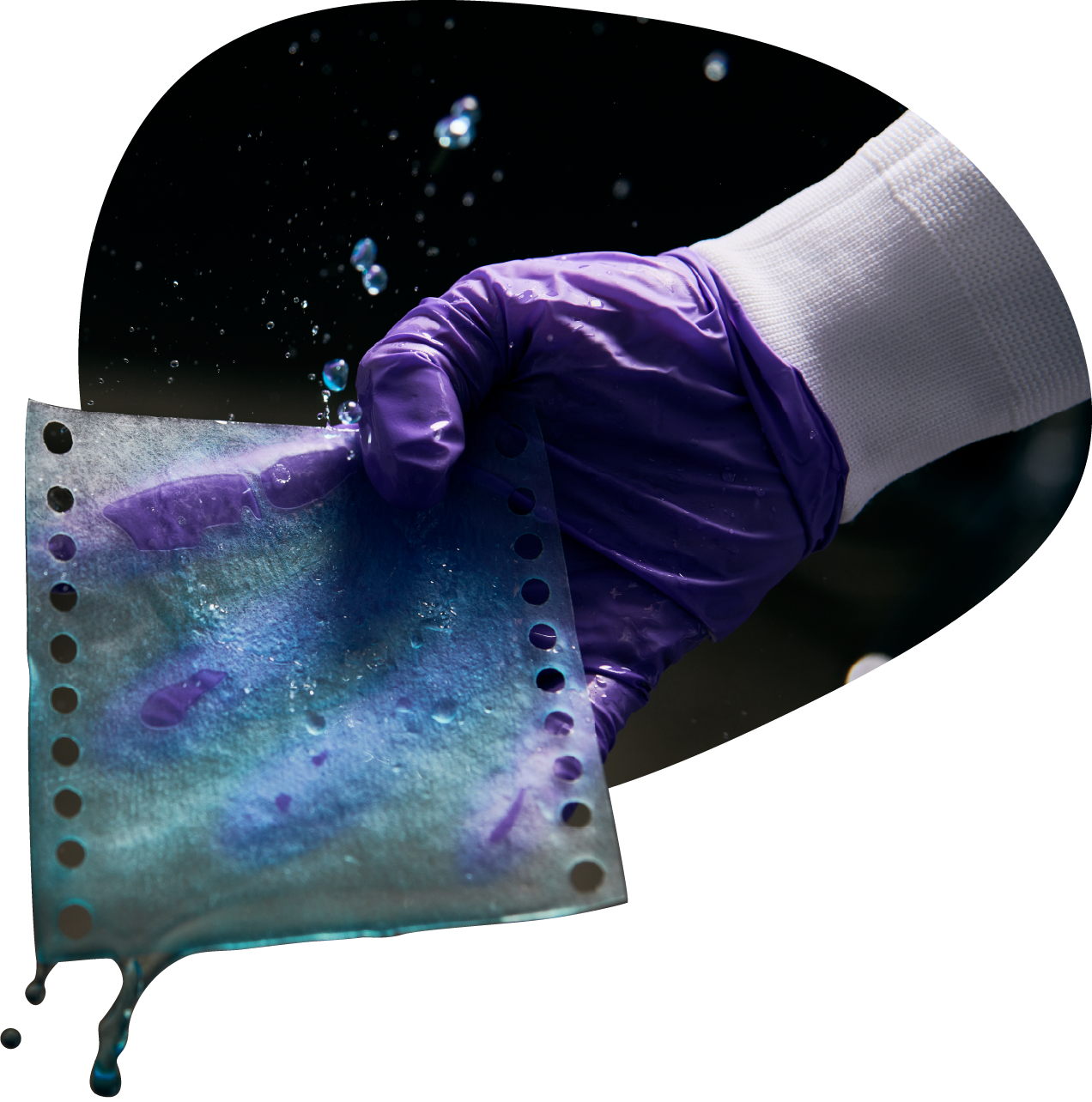Wastewater Treatment Technology | Electro-Ceramic Desalination | Membrion
Published on by Water Network Research, Official research team of The Water Network for Membrion
Electro-Ceramic Desalination: Level Up Your Industrial Wastewater Treatment
Membrion’s cutting-edge Electro-Ceramic Desalination (ECD) process is used to selectively remove dissolved ions, such as salts, metals, and minerals, from challenging wastewater streams. It concentrates them into a small volume for recovery or disposal. Dissolved ions are often the source of regulatory compliance issues and the cause of equipment failure due to mineral scaling. Removing solely the problematic ions ensures a tailored approach so that facilities only pay to treat what matters.

Membrion’s Ceramic Desalination Membrane
- Is protected by more than 40 patents
- Is mass produced in the U.S. through a roll-to-roll processes
- Leverages molecule-sized pores to selectively remove ions
- Maintains durability in extreme wastewater conditions
- Removes dissolved and charged salts, minerals & metals
- Are leveraged across many applications and industries
The Electro-Ceramic Desalination Process
A LOW-PRESSURE PROCESS
Electro-Ceramic Desalination (ECD) is a low-pressure process used to continuously remove ions from wastewater and concentrate them in a separate, low-volume stream for recovery or disposal. ECD modules are composed of positive & negative electrodes, cation and anion selective ceramic membranes, and mesh spacers.
A DRIVING FORCE
Wastewater is fed into the ECD module, where an electric field is used to create a driving force that attracts ions toward the electrodes. Positive & negative charged ions are moved out of the wastewater and through charge-selective ceramic membranes before recombining in the concentrate stream where they no longer move.
CONTINUOUSLY MOVING IONS
As the wastewater flows parallel to the membrane surface, ions are continuously moved from the feed into the concentrate stream. The feed wastewater typically flows through the modules once, but the concentrate stream is re-circulated to minimize the volume.
TUNABLE REMOVAL
The length of time the wastewater resides in the ECD module as it flows through directly impacts the level of ion removal (i.e., tunable removal), which ensures that facilities always treat their wastewater to the exact level that’s needed. More modules can be used in parallel to increase the wastewater flow rate and in series to remove more ions.
Information
- Location: Seattle, United States
Attached link
https://membrion.com/technologyTaxonomy
- Desalination
- Ceramic Membrane Technology